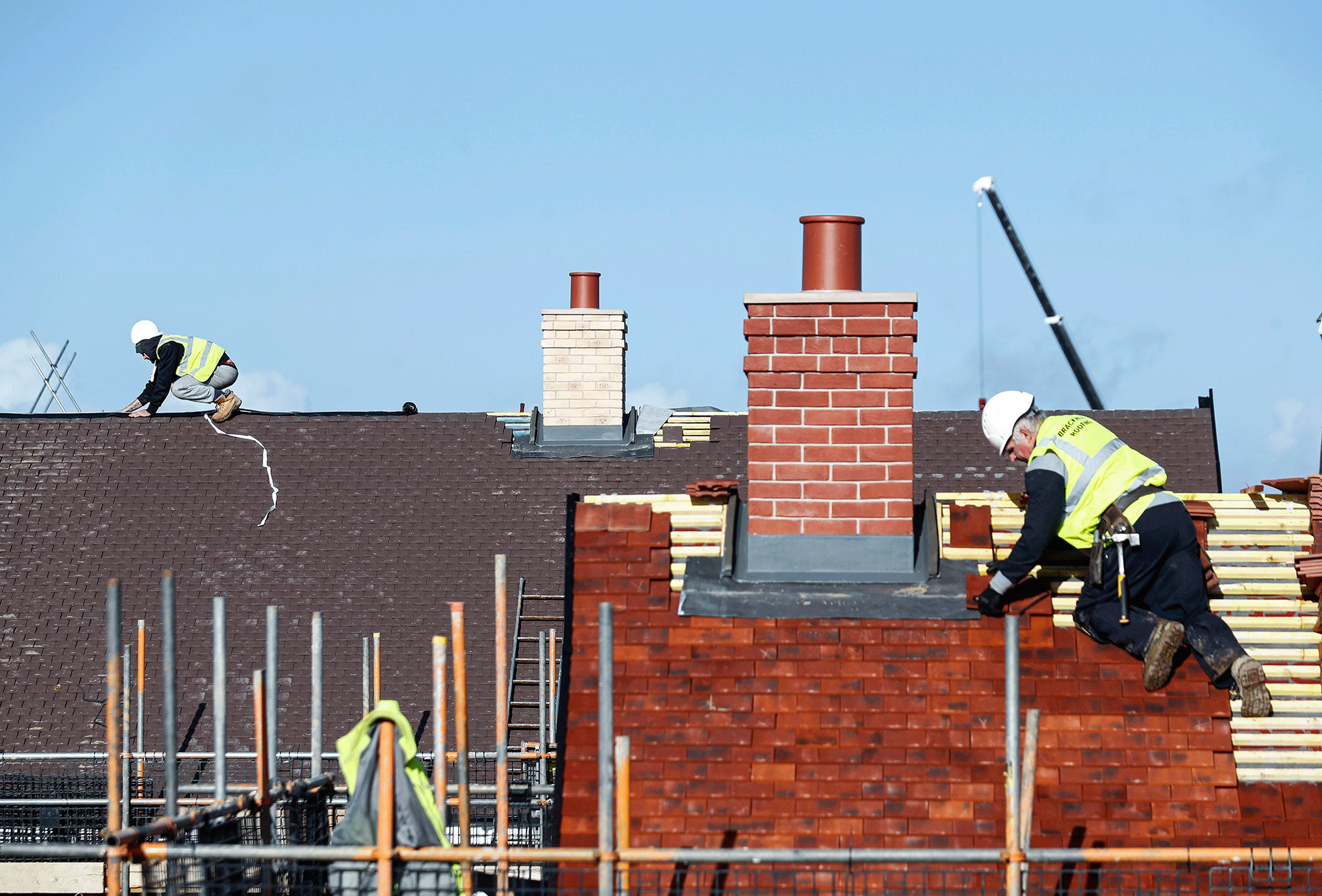Housebuilding figures under Conservatives lowest since the Second World War
Completions between 2010 and 2019 will be around 130,000 per year – well down on the 147,000 of the 2000s or 150,000 of the 1990s

England is on course for its worst decade for housebuilding since the Second World War after a big drop since the Conservatives came to power, new research shows.
The number of completions between 2010 and 2019 will be around 130,000 per year – well down on the 147,000 of the 2000s or 150,000 of the 1990s, a think tank has found.
The figure is just half of the level in the 1960s and 1970s, continuing a “50-year pattern” that has seen successive governments failing to build enough new homes, the Centre for Policy Studies said.
And the picture is even more gloomy when England’s growing population is factored in – with one new built for every 43 people in the 2010s, compared with one for every 14 people in the 1960s.
Robert Colvile, the think tank’s director said: “The housing crisis is blighting the lives of a generation, and robbing them of the dream of home-ownership.
“But as this analysis shows, this is not just the consequence of the financial crisis – it is part of a pattern stretching back half a century, in which we have steadily built fewer and fewer new homes.”
Mr Colvile said there were “encouraging signs that housebuilding is picking up”, after the number of completions topped 160,000 in 2017-18, the highest figure for a decade.
But he added: “Ministers need to take bold action in 2019 to ensure that the 2020s become the decade in which we break this hugely damaging cycle.”
Official figures show that completions reached a modern high of 170,610 in 2007-08, before the financial crash sent the trend of small annual increases into reverse.
In 2012-13, under 108,000 homes were built and the annual total only finally crawled back up above 150,000 in the last financial year.
As The Independent revealed, there is also growing concern at the tiny number of low-cost homes being built, even as the numbers finally rise.
Just 5 per cent of those to be built by 2022 under the government’s £9bn affordable housing programme will be the most affordable “social homes”.
It means 237,500 of the 250,000 planned are likely to be more costly “affordable homes”, which can be sold for hundreds of thousands of pounds or rented out at up to 80 per cent of full market value.
In October, Theresa May did pledge to free local councils to spark a housebuilding revival by finally lifting the strict cap on their borrowing to fund new developments.
The Centre for Policy Studies said that, between January 2010 and June 2018, housing completions in England stood at 1,089,190.
To match the total in the 2000s during the remaining 18 months, developers would need to build at 253,700 new houses per year – a rate not achieved since 1977.
Across the UK, the pattern was similar, with housebuilding falling from a peak of 3.6 million new units in the 1960s to 1.9 million in the 1990s and 2000s, with the 2010s set to come in lower still.
The total between January 2010 and December 2017 stood at 1.23 million, way short of what was required to make it feasible to match the previous decade by the end of 2019.
Join our commenting forum
Join thought-provoking conversations, follow other Independent readers and see their replies
Comments
Bookmark popover
Removed from bookmarks